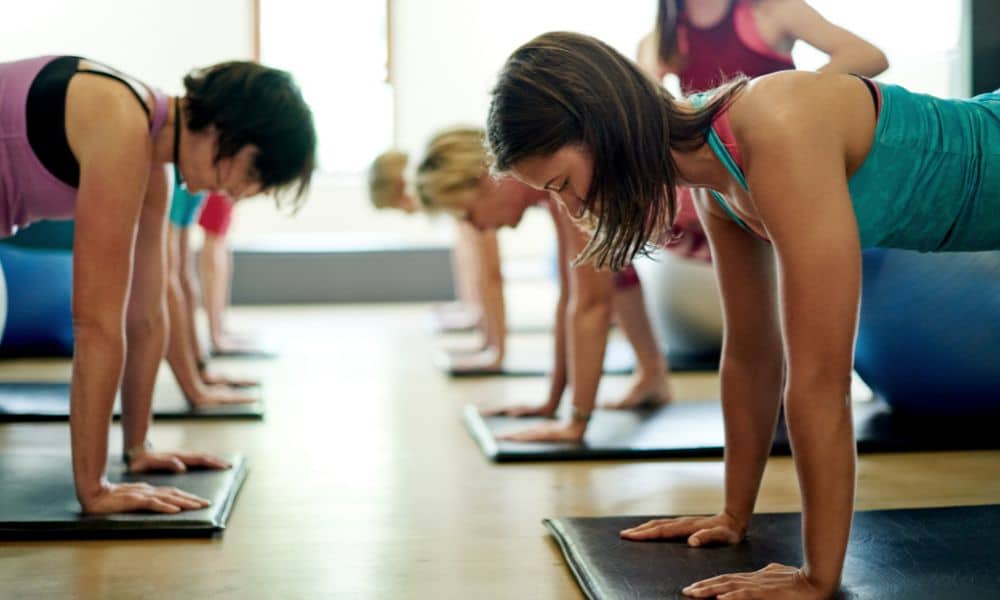The global pandemic has brought us into a new era where remote work has surged in popularity. When many employers and employees realized that getting the job could be done in the comfort of their homes, they began to embrace remote work as a remedy to many challenges with the conventional office setup.
After all, who wants to spend hours of their day on long commutes to work when you can use that time to do something else – like spending quality time with your family or indulging in your hobbies? There’s also the allure of flexibility that comes with remote work – the ability to work at your schedule. This, however, doesn’t apply to all organizations. But in a remote setup, it’s entirely possible.
While the shift may have redefined the traditional office environment, there have also been many challenges and opportunities related to work-life balance and communication. Many have failed to consider how remote work also affects physical health.
Many employees live sedentary lifestyles because of the nature of remote work. This article will explore the impact of remote work on physical health and what remote workers can do to address this.
Understanding the Sedentary Problem
You’ll probably be sitting in your desk chair all day when working from home. The absence of long commutes and socialization with colleagues are possible reasons for this extended period of sitting. While it’s nice to work in the comfort of your office chair, this habit of sitting isn’t good for anyone. This sedentary lifestyle can lead to obesity, cardiovascular disease, and mental health issues.
A sedentary lifestyle doesn’t only affect the health of employees but also their level of engagement. The lack of physical movement results in fatigue and lower motivation levels, and therefore lower productivity. Engaged employees usually exhibit higher energy levels at work. The lack of physical activity undoubtedly doesn’t help an employee’s energy levels.
Strategies for Addressing Sedentary Lifestyles
That said, remote work doesn’t always lead employees to adopt a sedentary lifestyle. Here are some strategies that remote workers can adopt to turn a sedentary lifestyle into a more active one:
Take Regular Breaks
A short break can do wonders for an employee’s physical health, whether for a stretch or a short walk. With regular breaks, you reduce the amount of strain on your body from long periods of sitting down. Also, these breaks can help relieve stress and clarity – which is much-needed when facing workplace challenges.
Use Standing Desks
Standing desks are good for your health. It’s been proven that standing for parts of your workday can reduce the risk of various diseases. Plus, standing improves your posture and keeps you more alert at work – a win-win for any employee seeking to enhance their physical well-being and productivity.
Commit to Exercise
Many find the act of exercising intimidating. Sometimes, it’s the fear of starting something new or even the fear of doing the incorrect exercise at the gym. That’s why many people are more inclined to exercise when participating with others – which is one way to stay committed to exercise.
Many fitness professionals offer virtual fitness classes. That way, remote workers don’t have to leave their homes to engage in exercise. Guided workouts make it easier for remote employees to incorporate exercise into their day-to-day lives. They can engage in different types of exercise, like yoga and high-intensity interval training.
These classes won’t require a gym membership or expensive workout equipment, which can be roadblocks to anyone looking to improve their physical well-being. It also helps to schedule this class regularly as it not only allows people to incorporate the act of exercise into their routines but also allows them to foster a sense of community.
Maintain a Healthy Lifestyle
You are what you eat – and if you can’t eat nutritious meals, you won’t be in the best shape to stay active and focused. The best way to eat healthily is to plan your meals at the start of the week. Proper meal prepping saves time and ensures that healthy options are always available.
Proper hydration tends to be overlooked, but it’s also essential to healthy well-being. Adequate hydration helps support body functions, including those essential for physical performance. Always keep a bottle of water in your workspace to stay hydrated. If you’re the type of person who forgets to drink water, keeping a hydration-tracking app on your phone can be highly beneficial.
Final Thoughts
Without a doubt, remote work has changed the work landscape forever. But its impact on our physical health cannot be overlooked.
The importance of physical well-being in remote work is evident. One of the main benefits of focusing on physical health is the creation of a more engaged workforce, even in a remote setup. Not to mention, there are loads of benefits associated with improved physical health.
By taking regular breaks, incorporating movement, and committing to exercise, remote workers can be at their physical best and enhance their overall well-being and performance.




